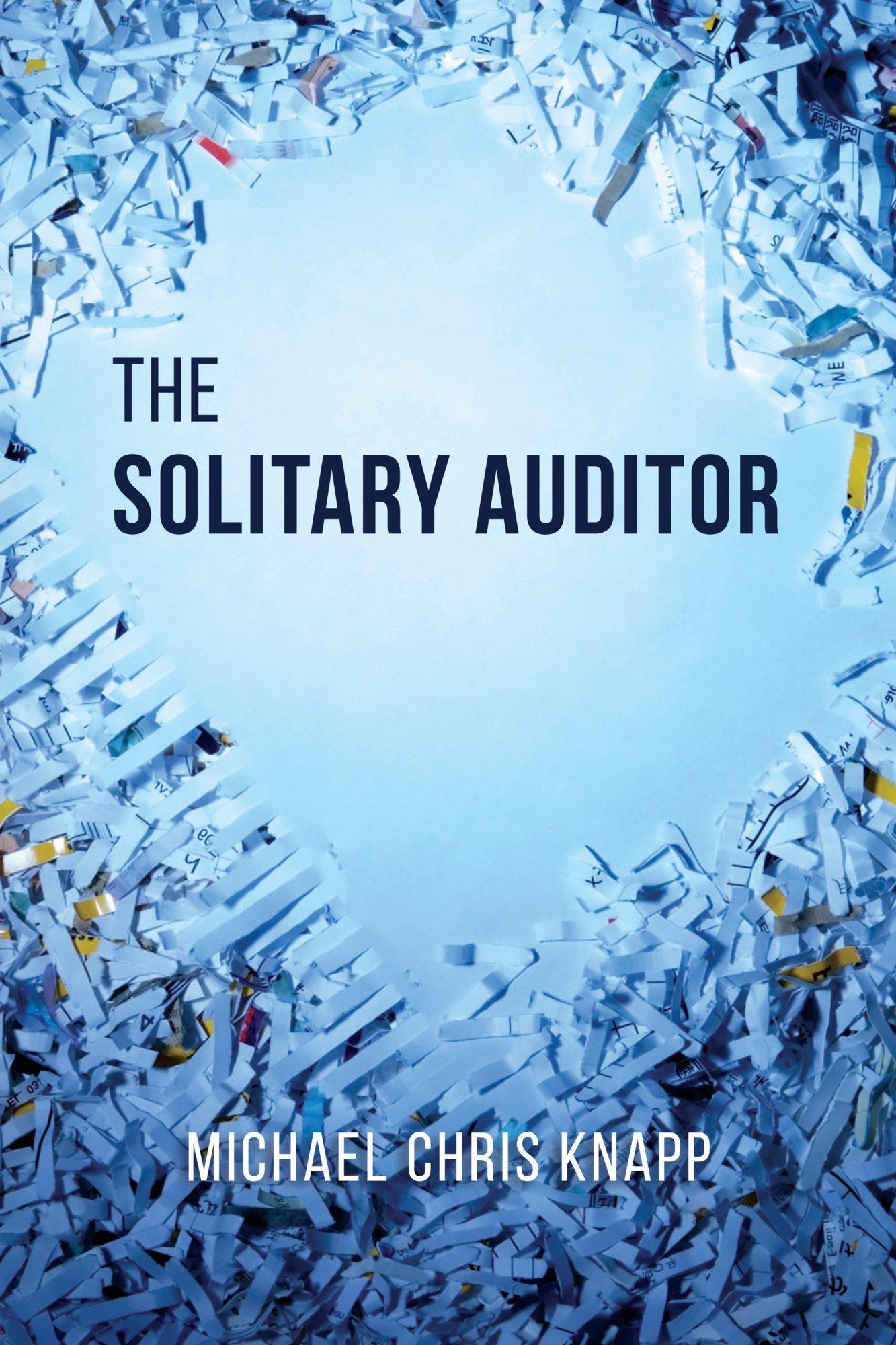Answered step by step
Verified Expert Solution
Question
1 Approved Answer
FILL IN THE FOLLOWING TERMINOLOGIES IN THE APPROPARIATE SPACES. _____ 1. a. An extensive analysis of the first year of a long-range plan summarizing the
FILL IN THE FOLLOWING TERMINOLOGIES IN THE APPROPARIATE SPACES.
| _____ 1. | a. An extensive analysis of the first year of a long-range plan summarizing the planned activities of all subunits of an organization. | |
| _____ 2. | b. A form of a master budget that adds a month in the future as the month just ended is completed. | |
| _____ 3. | c. Budgets formulated with the active participation of all affected employees. | |
| _____ 4. | d. The part of a master budget that focuses on the schedules needed to produce an income statement. | |
| _____ 5. | e. A variance that occurs when actual revenue falls below budgeted revenue | |
| _____ 6. | f. A budget that details the planned expenditures for facilities, equipment and other long-term investments | |
| _____ 7. | g. The variance arising from the difference in volume sold used in the preparation of the budget compared to actual volume sold. | |
| _____ 8. | h. A prediction of sales that is the result of decisions to create conditions that will generate a desired level of sales. | |
| _____ 9. | i. The variance arising from difference in the budgeted usage of units of a component compared to the actual amount of usage of the component. | |
| _____ 10. | J. A budget that requires justification of expenditures for every activity, including continuing activities. | |
| _____ 11. | k. Variance that occurs when actual profit exceeds budgeted profit. | |
| _____ 12. | l. The variance arising from difference in the budgeted price of a unit of a component compared to the actual amount paid per unit of the component. | |
| _____ 13. | m. Overstatement of budgeted cost or understatement of budgeted revenue to create a budget goal that is easier to achieve. | |
| _____ 14. | n. A variance that occurs when actual costs are less than budgeted costs. | |
| _____ 15. | o. The difference between the amount budgeted and the actual amount incurred during operating activities | |
| . | ||
| _____ 16. | p. A statement of planned cash receipts and disbursements. | |
| _____ 17 | q. A budget that is prepared for only one expected level of activity | |
| _____ 18. | r. A planned cost that should be achieved if all activities involved meet their planned goals | |
| _____ 19. | s. A plan that sets the overall goals and objectives of the organization. | |
| _____ 20. | t. A budget that adjusts to different levels of activity. |
Step by Step Solution
There are 3 Steps involved in it
Step: 1

Get Instant Access to Expert-Tailored Solutions
See step-by-step solutions with expert insights and AI powered tools for academic success
Step: 2

Step: 3

Ace Your Homework with AI
Get the answers you need in no time with our AI-driven, step-by-step assistance
Get Started


